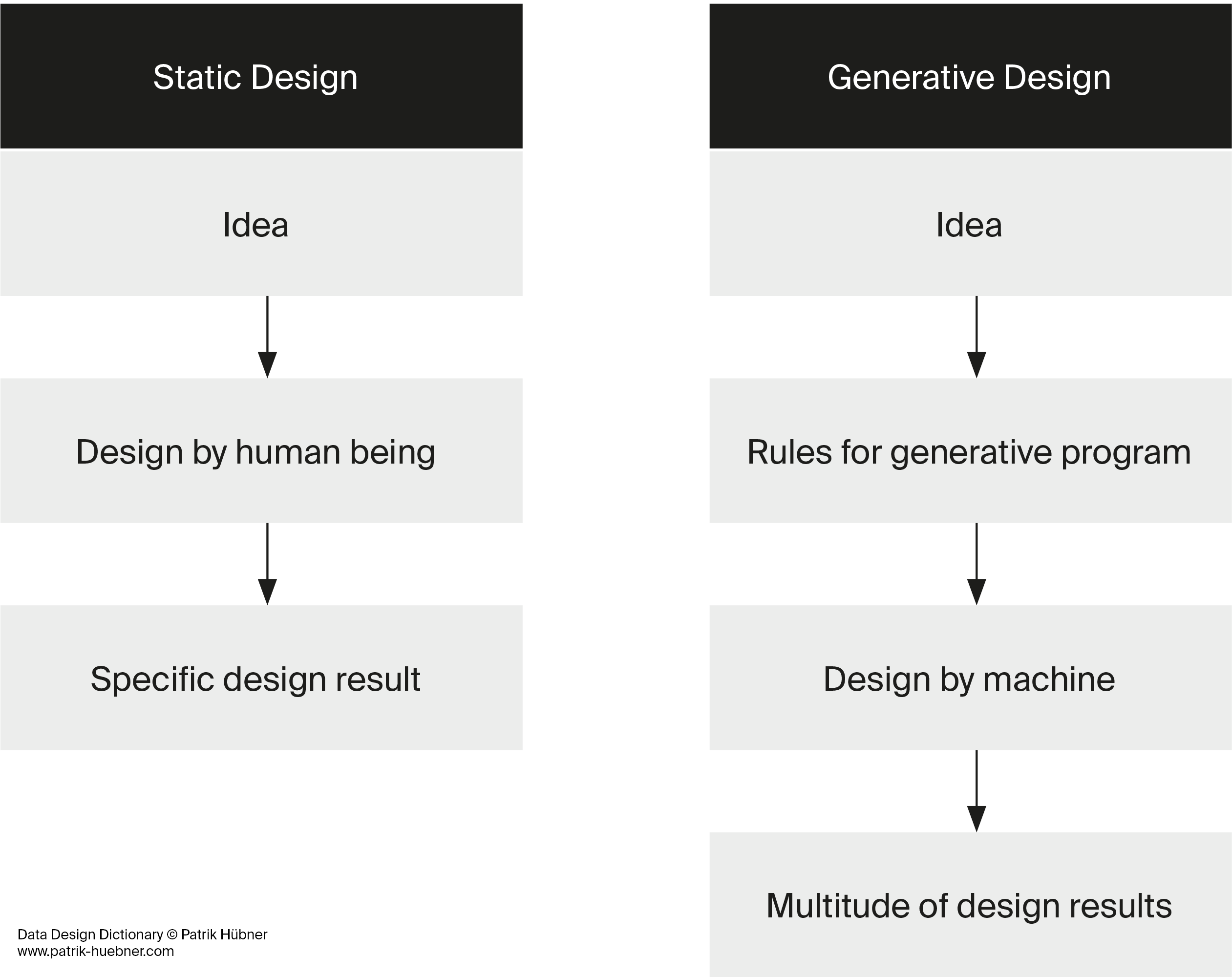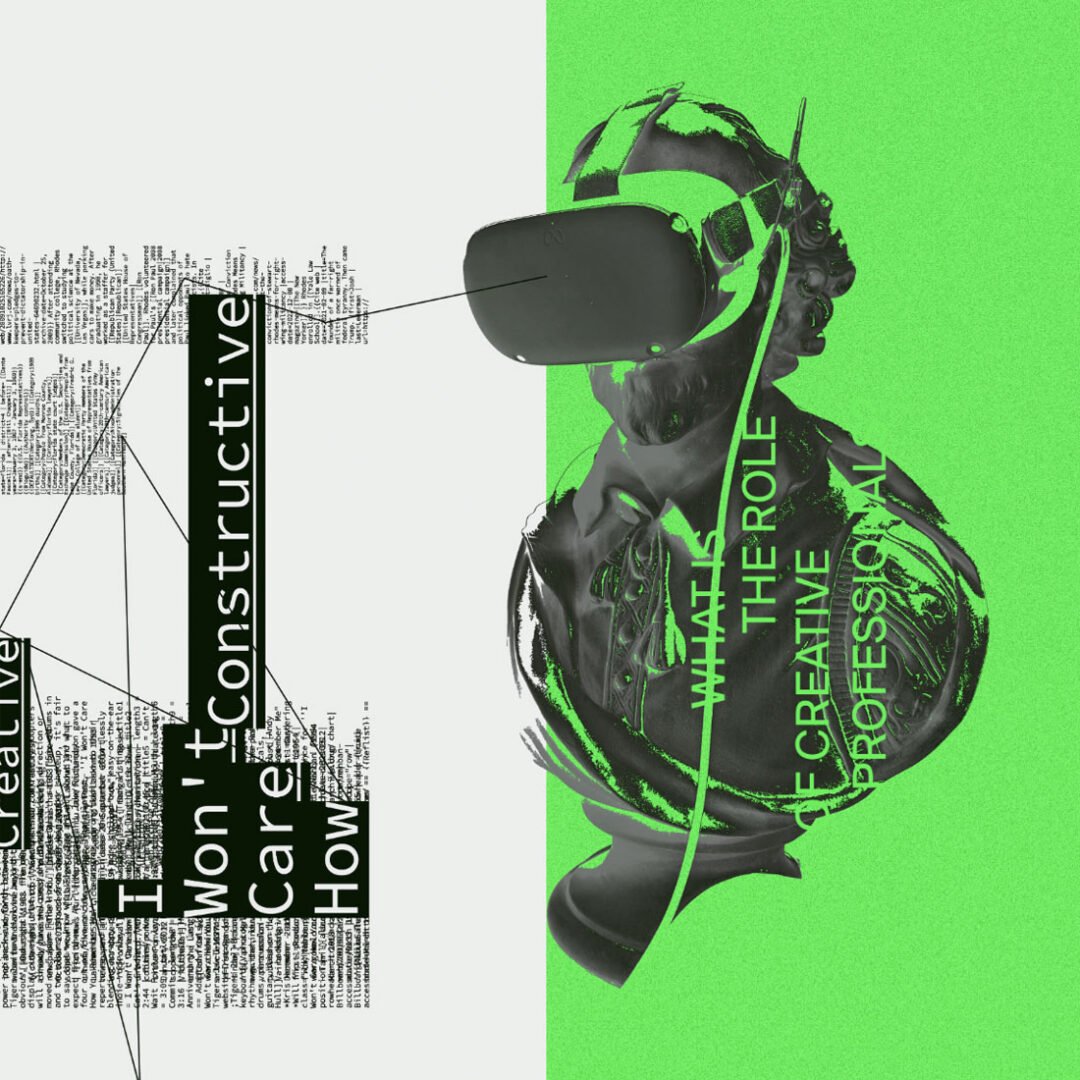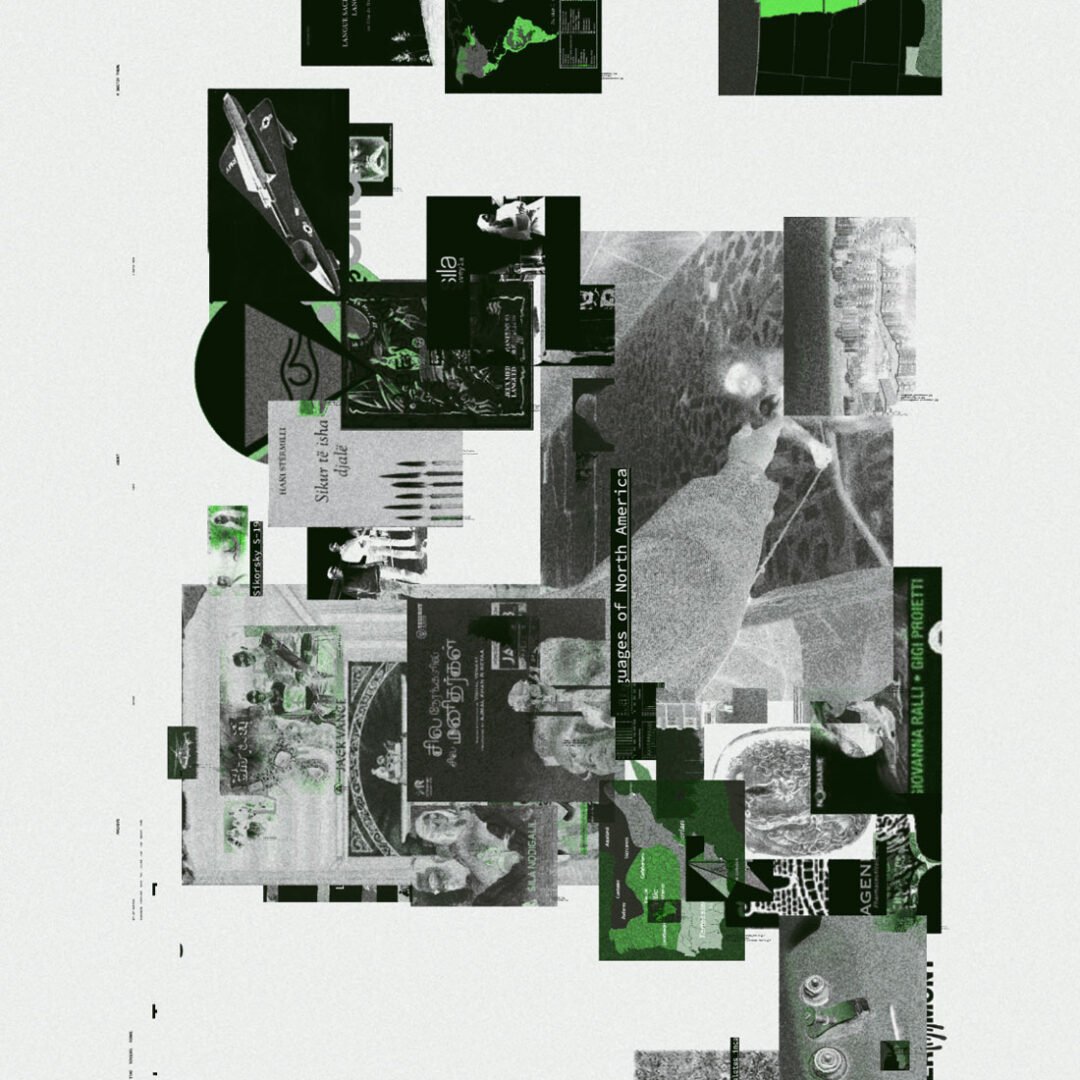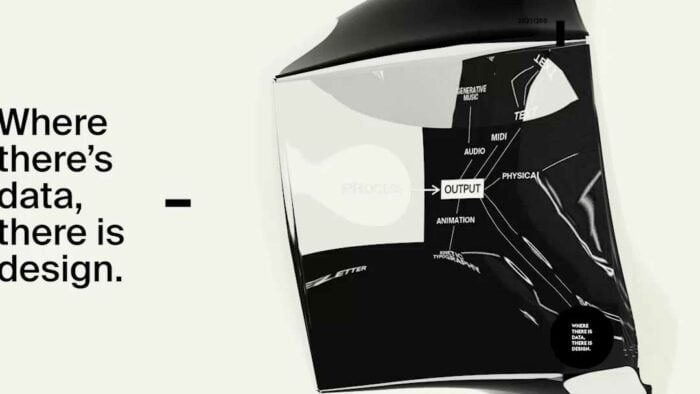What is a Platonic Idea?
Data-Design Dictionary
A dictionary to illuminate data-driven generative design and creative coding.
The term ‘idea’ according to Plato does not mean what is typically understood by an idea – i.e. a spontaneous idea or, for example, the vision for a new project. For Plato an idea is the thought or the object ‘in itself’ – thus an archetype like ‘beauty in itself’, ‘the circle in itself’ or also ‘the chair in itself’[1]. Thereby, Plato understands the idea as something timeless and unchangeable, which exists in the world of ideas accessible only to thought. The variety of expressions of the Platonic idea is inexhaustible, since each idea can take infinitely many forms in the visible, real world – also: the sensible world[2]. If we manage to describe a Platonic idea in the form of a program, this program can, in co-creation with a designer, generate an infinite number of manifestations of the idea in our place. In the context of data-driven generative design, the term is used as a metaphor for understanding the generative process. The Platonic idea can serve as an abstract, idealized model that guides the structured and logical problem-solving approach inherent in computational thinking methods used by systemic design and programmed design approaches.
Hover over elements to learn more. Click-and-drag elements to move them around.
















